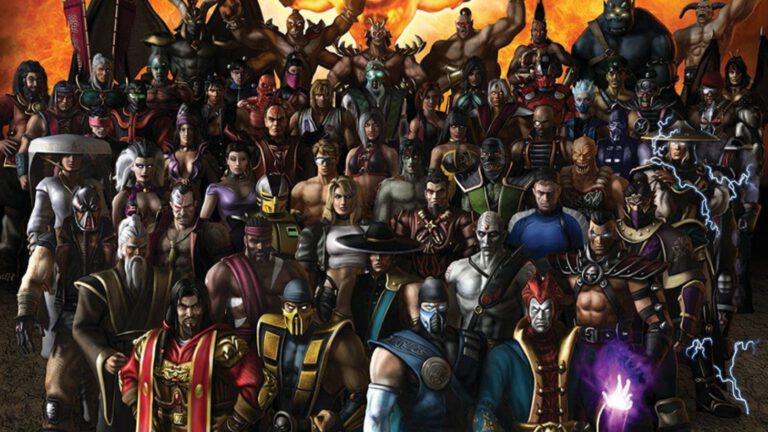Discovering the Fundamentals of Web3: A Beginner’s Guide

Web3 is a revolutionary technology that promises to decentralize the internet and give users more control over their data. But with so many terms and buzzwords flying around, it can be hard for beginners to understand what it’s all about. In this guide, we will explore the fundamentals of Web3, from blockchain technology to decentralized applications (dApps).
1. What is Web3?
Web3 refers to the next generation of the internet, which is built on decentralized technologies such as blockchain and cryptocurrency. Unlike traditional centralized systems, where a small group of companies or organizations control the internet, Web3 is powered by a network of computers that are distributed across the globe.

2. What is Blockchain?
Blockchain is the underlying technology that powers Web3. It is a decentralized database that stores information securely and transparently. Each block in a blockchain contains a record of multiple transactions, and once a block is added to the chain, it cannot be changed or deleted.
- What are Decentralized Applications (dApps)?
dApps are applications that run on Web3 technologies such as blockchain and smart contracts. Unlike traditional centralized apps, which are controlled by a single company, dApps are decentralized and open to anyone who wants to participate in them. They can be used for a variety of purposes, from buying and selling goods to creating new forms of social interaction. - What are Cryptocurrencies?
Cryptocurrencies are digital or virtual currencies that use cryptography for security. They operate independently of traditional banking systems and can be exchanged directly between users. The most well-known cryptocurrency is Bitcoin, but there are thousands of others available, each with its own unique features and benefits. - What are Smart Contracts?
Smart contracts are self-executing contracts that run on blockchain technology. They are designed to automate the process of executing contracts by removing the need for intermediaries such as lawyers or brokers. Smart contracts can be used for a variety of purposes, from buying and selling goods to settling disputes between parties. - What are dApp Stores?
dApp stores are platforms that allow users to discover and download dApps. Some popular dApp stores include the Apple App Store, Google Play Store, and the Ethereum App Store. - What are NFTs?
NFTs (non-fungible tokens) are digital assets that are stored on blockchain technology. They are unique and cannot be replaced by other assets. NFTs can be used for a variety of purposes, from buying and selling art to creating new forms of ownership and property rights.8. What is the Future of Web3?
The future of Web3 is bright. As more people and organizations adopt decentralized technologies, we can expect to see a more secure, transparent, and democratic internet. However, there are still many challenges that need to be overcome before we can fully realize the potential of Web3. These include issues related to scalability, governance, and privacy.
FAQs:
- What is the difference between Web2 and Web3?
Web2 refers to the current generation of the internet, which is built on centralized technologies such as databases and servers. Web3 refers to the next generation of the internet, which is built on decentralized technologies such as blockchain and cryptocurrency. - What are the benefits of using Web3?
Web3 offers several benefits over traditional Web2 systems, including increased security, transparency, and decentralization. It also allows for more control and ownership over data and assets. - What are some examples of dApps?
Some examples of dApps include Decentralized Finance (DeFi) apps, such as MakerDAO and Compound, which allow users to borrow and lend cryptocurrency, and social media dApps, such as Vitalik.
- What is the difference between Web2 and Web3?








